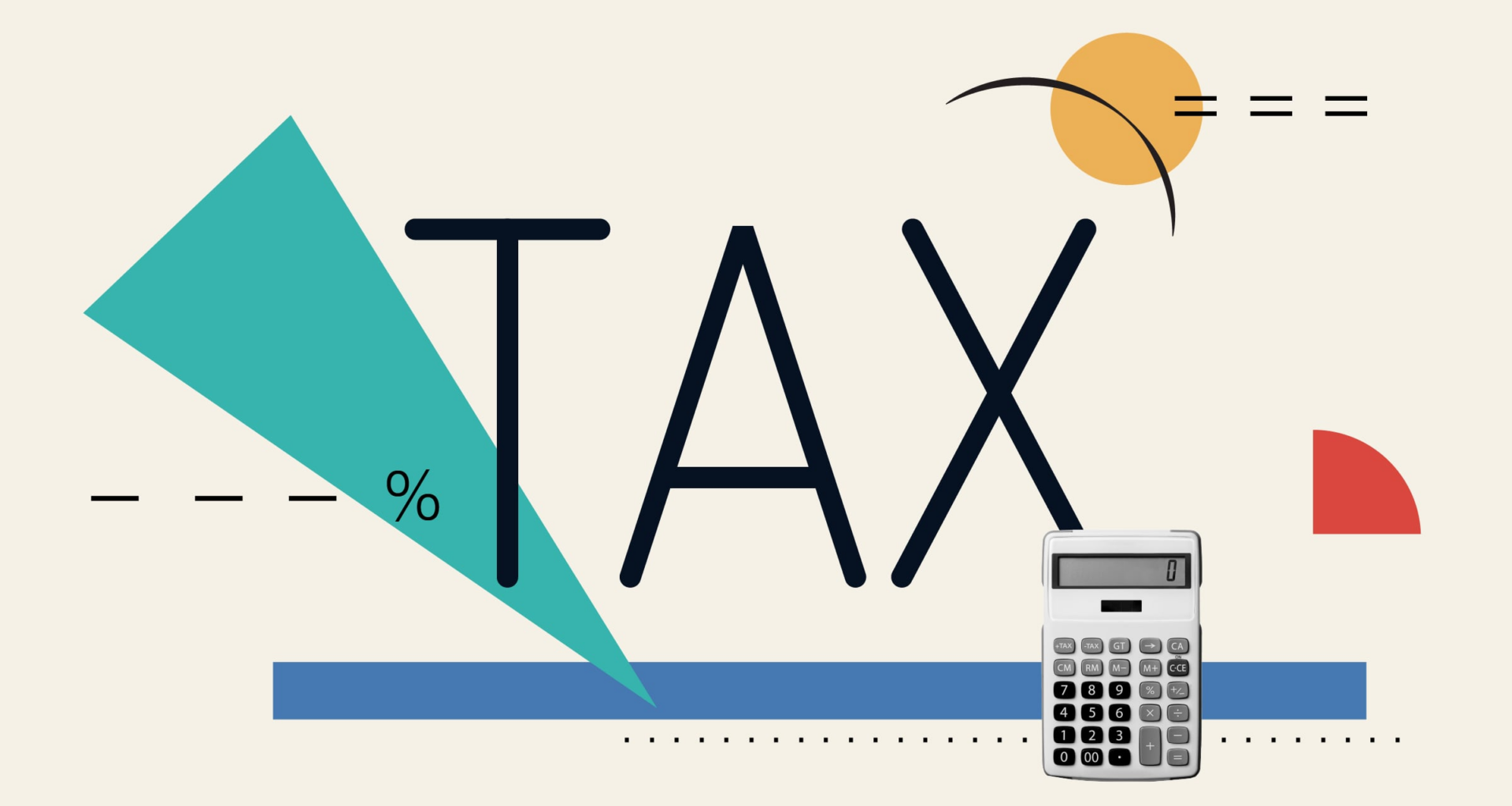Well, here we go again! Another year, another set of tax changes to navigate. This time, it’s the new tax bill, H.R.1, dubbed the One Big Beautiful Bill Act. My goal here isn’t to get into the political weeds—after all, our focus as advisors is on the practical implications for our clients. And while cuts to programs like Medicaid and food supplements will certainly have an impact on those in need, they generally won’t be top of mind for your typical advisory client.
For the “average” client, the good news is that the bill largely extends the 2017 tax cuts, meaning no radical upheaval. However, don’t mistake “no radical upheaval” for “no changes at all.” Indeed, several key adjustments could significantly have an impact on your clients’ tax situations, offering both new opportunities and areas for caution. Let’s dive into five of the most important ones.
New Tax Breaks for Tips, Overtime, and Car Loans Aren’t Quite What They SeemStandard Deduction
The standard deduction has increased from $15,000 to $15,750 (single) and from $30,000 to $31,500 (married filing jointly) in 2025. The higher standard deduction could mean that fewer people will itemize.
What advisors should do: Look at “bunching” itemized deductions to make the most of tax benefits.
SALT Deduction
The 2017 bill limited deductions for state and local taxes to $10,000. For residents of states with high state income and property taxes, this limitation was extreme. Beginning in 2025, that limit is increased to $40,000. The $40,000 will increase by 1% per year through 2029 and will revert to $10,000 in 2030. What this means is that more of your clients will itemize. And for those who have been itemizing, their total write-offs could easily increase by up to $30,000 this year.
What advisors should do: If your client’s taxable income will be significantly lower, consider advising them to decrease withholding or estimated tax payments. Better yet, use the opportunity to boost Roth IRA conversions.
5 Simple but Tough-to-Answer Client QuestionsSenior ‘Bonus’ Deduction
Taxpayers ages 65 and older may receive an extra tax deduction—whether or not they itemize—of $6,000. The full $6,000 deduction is allowed for individuals with up to $75,000 of modified adjusted gross income, or AGI, and $150,000 if married and filing jointly. It phases out for taxpayers who are above those thresholds and is eliminated completely at $150,000 and $300,000, respectively. This deduction is effective for years 2025 through 2028.
What advisors should do: For senior clients within the income limitations, plan for decreased taxable income. For married seniors with less than $150,000 of modified AGI, taxable income will decline by as much as $13,500 (for nonitemizers) or $42,000 (for itemizers in high tax states). As before, consider advising your clients to decrease withholding or estimated tax payments. Be sure to look at Roth conversion opportunities as well, considering the income limitation for the bonus deduction. Finally, if required minimum distributions might reduce the benefit of the bonus deduction, consider advising the use of qualified charitable distributions to reduce AGI.
EV and Clean Energy Credits
The tax act ends the $7,500 tax credit for households that buy or lease a new electric vehicle as well as the $4,000 tax credit for buyers of used EVs. These tax credits will disappear after Sept. 30, 2025. Additionally, it eliminates tax credits for consumers who add energy-efficient improvements to their homes, such as rooftop solar, electric heat pumps, or efficient windows and doors. These credits will end after Dec. 31, 2025.
What advisors should do: For clients considering EVs or energy-efficient home improvements, encourage them to do so before the expiration dates.
Charitable Deductions
Nonitemizers can deduct up to $1,000 (singles) and $2,000 (married). Itemizers can only deduct charitable contributions in excess of 0.5% of modified AGI. For example, if modified AGI is $100,000, charitable contributions are deductible only to the extent greater than $500. Maximum limitations still apply.
What advisors should do: The analysis of relative benefits of itemizing versus claiming the standard deduction gets even more complicated in 2025. If your client is affected by multiple provisions of the new law—higher standard deduction, higher SALT limitation, senior bonus deduction, and/or charitable contributions—it is likely a good time to work closely with their certified public accountant.
10 Key Takeaways From the Morningstar Investment Conference
The Trump tax law brings many more changes to tax laws and other areas than what we’ve covered here. This article certainly isn’t exhaustive, nor does it touch on every high point. My primary goal was to give you, as advisors, a clear heads-up on the most impactful tax areas that could directly affect your clients. Understanding these nuances will be key to proactive planning and ensuring your clients are well-positioned for the tax year ahead. Keep an eye out for more detailed guidance as these provisions take full effect, and as always, let’s keep collaborating to serve our clients best.
The opinions expressed here are the author’s. Morningstar values diversity of thought and publishes a broad range of viewpoints.
